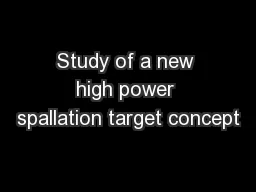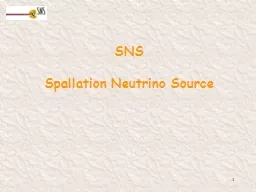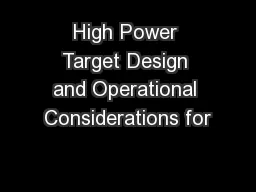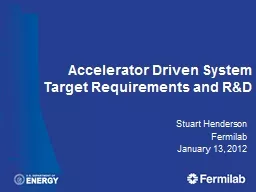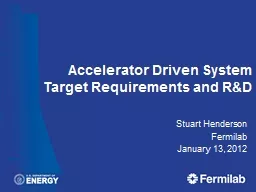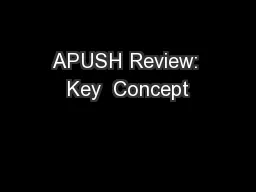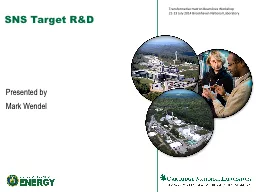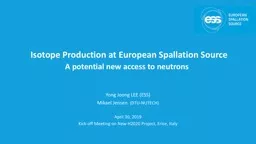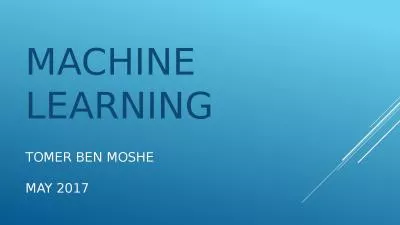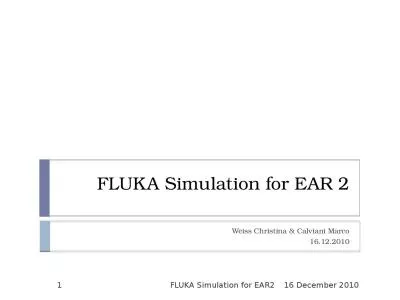PPT-Study of a new high power spallation target concept
Author : myesha-ticknor | Published Date : 2016-08-10
Yongjoong Lee ESS Materials Target Division 5 th High Power Targetry Workshop May 20 2014 Spallation Target at ESS 5 MW spallation source 5 MW 20 GeV25 mA proton
Presentation Embed Code
Download Presentation
Download Presentation The PPT/PDF document "Study of a new high power spallation tar..." is the property of its rightful owner. Permission is granted to download and print the materials on this website for personal, non-commercial use only, and to display it on your personal computer provided you do not modify the materials and that you retain all copyright notices contained in the materials. By downloading content from our website, you accept the terms of this agreement.
Study of a new high power spallation target concept: Transcript
Download Rules Of Document
"Study of a new high power spallation target concept"The content belongs to its owner. You may download and print it for personal use, without modification, and keep all copyright notices. By downloading, you agree to these terms.
Related Documents

